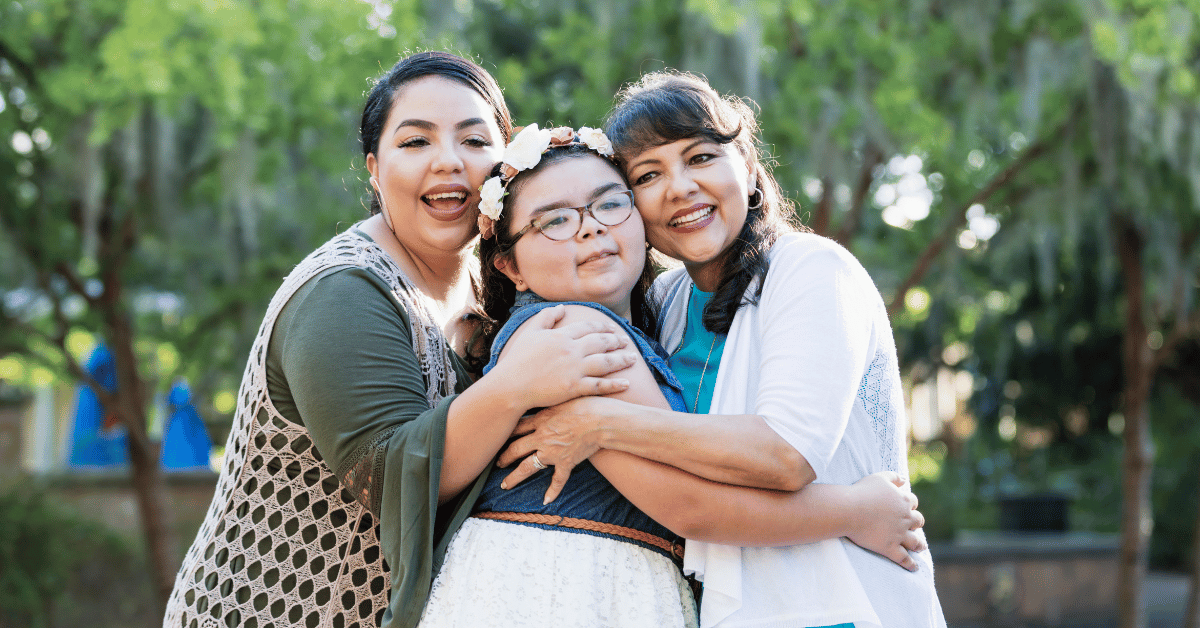Your Family Communication Assessment Tool
How Strong is Your Family Communication? If you want to continue to build healthy communication as a family, you need to check in regularly as a...
4 min read
Legacy Stone : Jul 26, 2024 11:21:20 AM

Developing a conflict process can help move your family into more productive relationships and keep tensions from escalating.
The goal is not to fully avoid conflict, but rather to find ways to make it a healthy, redemptive space -hence the importance of having a conflict process. In this guide, we’ll help you understand what a conflict process is and how to create your own. (Read to the end to download the template!)
A conflict process is a defined framework for how you will engage in conflict whether it is spontaneous or a planned discussion. It sets rules for how you engage and lays out how to lead the process to the end goal of restoration. Let’s examine some of these basics of a healthy conflict process:
As we have worked with families, one of the helpful starting points for defining your conflict process is to create basic rules around how you engage during family conflict. These should set standards around behavior, tone, and goals. It helps improve the process when you can each examine how you are applying the standards, as opposed to just attacking the other person. Here are a few basic suggestions of rules:
1. Go slow– Pace of words and the overall conversation matter to keep things from getting out of hand or unfocused. It also allows you more time to think through what you are going to say before you say it.
2. Lower yourself– Watch your posture and what you communicate nonverbally.
3. Don’t avoid; Be direct.– Communication that brings clarity, truth spoken with love, is what you prioritize.
4. Increasing volume is a signal to check-in– Rather than allowing things to progress to being more heated, you have a rule to help identify when you need to take a time-out.
5. What’s your goal in conflict?– Knowing that when you engage in conflict, your goal is to seek restoration, or another goal/phrase you choose, helps keep you on track.
Everyone will have a unique approach to communication, so think about what your family needs as a whole but also at an individual level. Create rules together that will allow you to operate in conflict and feel safe.
The next part of navigating conflict is to develop the framework for your conflict process. It is important at this step to build structures that work for your family, so use this outline to get you started and fill in the details with what works for your individual communication styles. (If you want more guidance on understanding personality profiles and their communication needs, find our guide here.)
We recommend these three basic steps for a conflict process.
When you need to initiate a conversation, have a decided upon question to begin the conflict process. It helps keep people from feeling surprised and lets them know where their mind needs to shift. It is not a weapon to be used but rather a peaceful way to bring about conversation. Consider questions like:
“After__________ occurred, I have been thinking on it. Would you be open to talk about what happened?”
“Can we take some time to talk about what has been bothering us?”
“I want to make sure we both have understanding. Could we discuss _____?”
“I’ve been thinking about ______. How can we resolve this?”
Once it is agreed to have a conversation, the person initiating gives a summary of the issue. It is not accusatory but works to state what the root problem is and bring understanding.
If needed, you both can trade places and allow the other side to share their statement.
Once you have reached understanding, the next part of the conflict process is to move to restoration. Sometimes, this will take time. It is not something to force to make someone “be ok”, but rather a place to rebuild trust and show repentance. Use these steps to gain clarity on what the next action should be:
Now that you have this basic framework, you can continue to add to it and personalize it for your family’s conflict process needs. The goal is to build understanding and move to resolution and restoration, which will require humility on both sides.
To move your family out of unproductive criticism and misunderstanding, a conflict process is an important first step to take. You are establishing the framework to navigate disagreements constructively and ensure that every member feels heard and respected. Building that foundation of trust has long-term benefits far beyond just navigating conflict better, so take courage and take the next step today in the process.
Download our Conflict Process plan document to fill in with your own process and notes to make it easy to keep in front of your family.
-
Looking to keep growing in how you approach conflict? Our Family Conflict Blueprint could be the perfect fit for your family.
You will find highly applicable lessons to help challenge your perspective and make shifts in your family's approach. Check it out now!
Every family is unique, so it's essential to tailor this conflict process to fit your specific needs and dynamics. Here are steps to customize the process:
.png)
How Strong is Your Family Communication? If you want to continue to build healthy communication as a family, you need to check in regularly as a...
.png)
Communication issues can be one of the deadliest but unrealized problems a family will face. We tend to focus just on the major fights or what...

Come walk through this 5 day devotional series to equip you to examine a biblical view of conflict and reconciliation. Read 1 day a week or pick the...